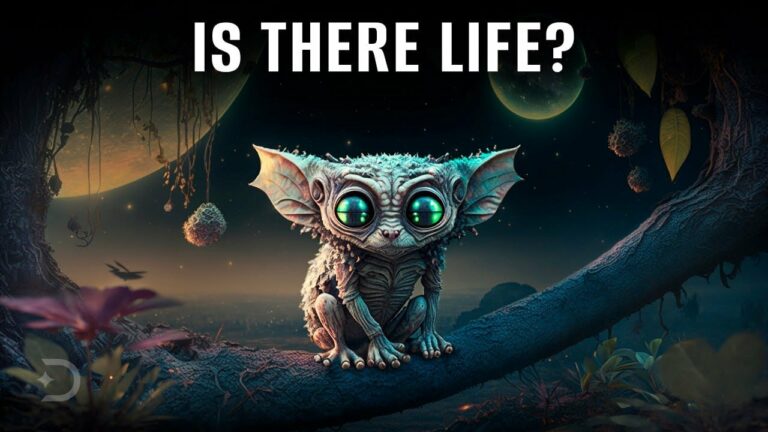NASA Discovered Planets Even Better for Life Than Earth
To make the search for life beyond our planet more systematic and focused, scientists have developed a metric known as the Earth Similarity Index, which measures the similarity of a planet or moon to Earth based on various parameters such as temperature, atmospheric pressure, and habitability. It ranges from 0.0 to 1, with 0.8 and 1 indicating that a planet is similar to Earth in every aspect.
In recent years, advances in technology allowed us to uncover a multitude of exoplanets and moons with striking similarities to Earth.
One of them was found in 2019 and called Teegarden B. This is a super Earth [Mass: 1.05 Earths] orbiting an M-type star every 4.9 days at a distance of 0.0252 AU.
The Teegarden’s Star is one of the closest stars to our solar system located about 12.4 light-years away from us. And although the red dwarf is 10 times less massive than our sun, and has a temperature of just about 2,700°C [5,000°F], it can still provide enough heat for its two planets [Teegarden b Teegarden c].
The two exoplanets are similar to the inner planets in our solar system and are only slightly more massive than Earth. Both of them are situated in the habitable zone where liquid water can exist, but Teegarden b seems much more promising, and here’s why.
Do not forget to share your opinion with us to provide you with the best posts !




0 Comments